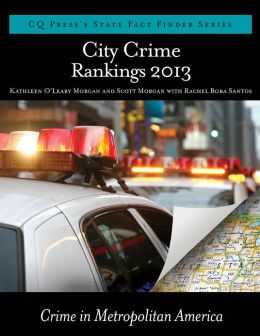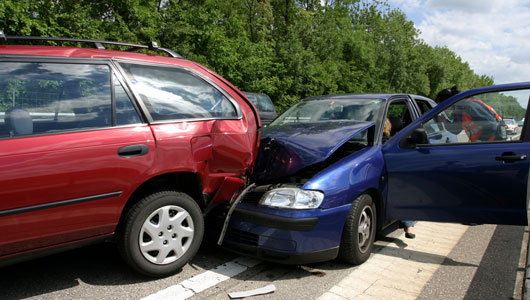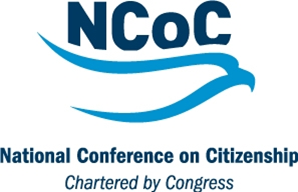Single Person Households on the Rise in Connecticut, Nationwide
/People of a certain age remember the phrase “one is the loneliest number” from the Three Dog Night song of the ‘70’s. Well, apparently in Connecticut and the nation, that’s not as true as it once was. In 1950, 22 percent of American adults were single. Four million lived alone. They accounted for 9 percent of all households. Today, more than 50 percent of American adults are single -- 31 million, about one out of every seven, live alone. These so-called “singletons” are the focus of a recent book by Eric Klinenberg, a sociologist at New York University, "Going Solo: The Extraordinary Rise and Surprising Appeal of Going Alone."
About 17 million women are living alone, compared to 14 million men. The majority, more than 15 million, are middle-age adults between the ages of 35 and 64. About ten million are age 65 plus. Young adults between 18 and 34 total more than five million, compared to 500,000 in 1950, making them the fastest-growing segment of the solo-dwelling population, Klinenberg points out.
Data from the 2010 U.S. Census on households and families reflect that in Connecticut 27.3 percent of households are one-person households, and 10.6 percent are a one-person household where the individual is 65 or older. Those numbers are both slightly higher than the U.S. average nationwide of 26.7 percent one-person households, with 9.4 percent age 65 or older.
The Census Bureau also noted that the 2010 data was “the first time that husband-wife families fell below 50 percent of all households in the United States since data on families were first tabulated in 1940.”
Among non-family households, the Census found that “one-person households predominated (31.2 million) and were more than three times as common as nonfamily households with two or more people (8.0 million).” In addition, The Pew Research Center reports that the average age of first marriage for men and women is 'the highest ever recorded, having risen by roughly five years in the past half century. The percentage of Americans living by themselves has doubled since 1960.
"People who live alone are now tied with childless couples as the most prominent residential type -- more common than the nuclear family, the multigenerational family, and the roommate or group home. Surprisingly, living alone is also one of the most stable household arrangements. Over a five-year period, people who live alone are more likely to stay that way than everyone except married couples with children,” Klinenberg reports.
In the last century, he points out, living alone was by far most common in the open, sprawling Western states -- Alaska, Montana and Nevada -- that attracted migrant working men, and “it was usually a short-lived stage on the road to a more conventional domestic life.” Today, people who live alone are most-often in metropolitan areas in all regions. The cities with the highest proportion of people living alone include Washington, D.C., Seattle, Denver, San Francisco, Minneapolis, Chicago, Dallas, New York City, and Miami.
As Connecticut’s cities seek to add downtown living options to boost their 24-hour populations, the trends in the nation’s leading cities – and the national overall - are not going unnoticed. The City of Hartford’s plan of development, for example, notes that “there are approximately 2,500 to 2,800 residents living in Downtown Hartford. A resident population of between 8,000 and 10,000 people is needed for a vibrant Downtown Hartford that is self-sustaining.” It calls for an increase in “housing types that should include active adult housing, housing for college students, housing for young professionals and housing for families.”






































